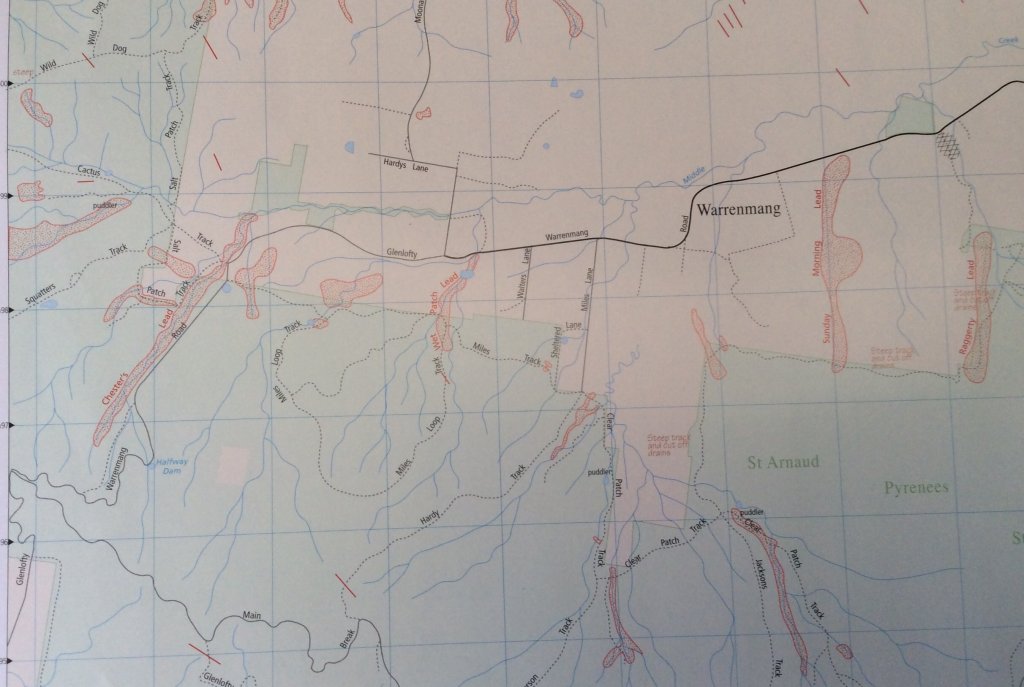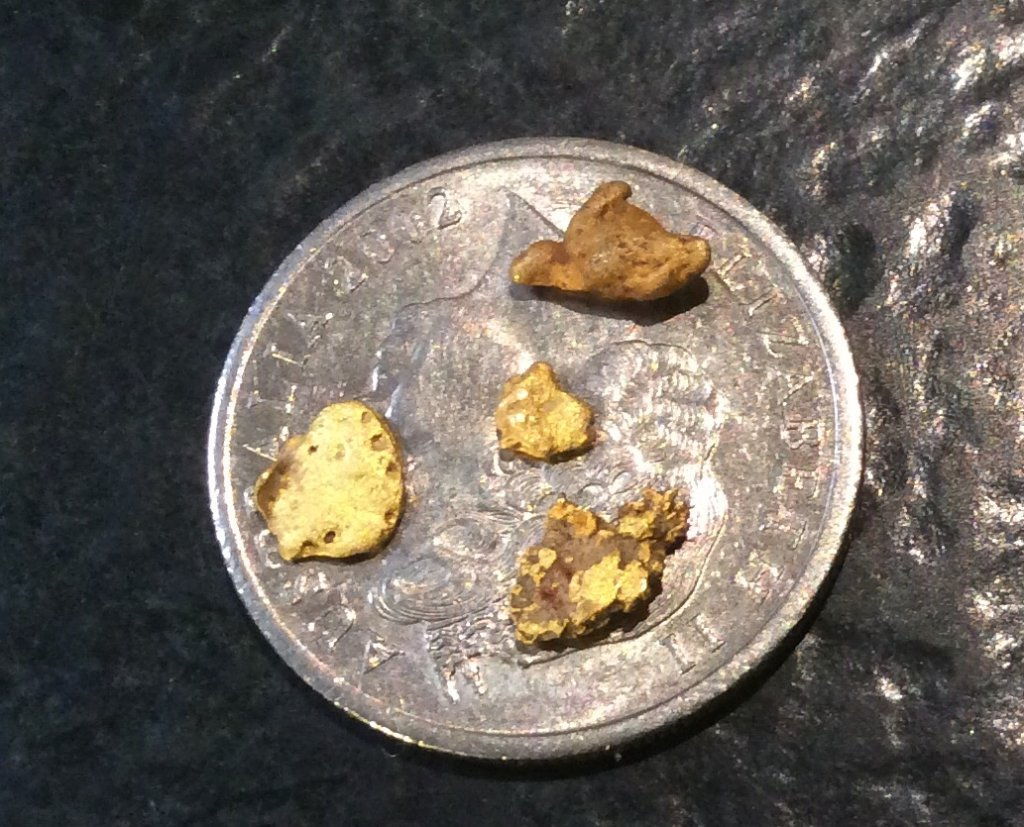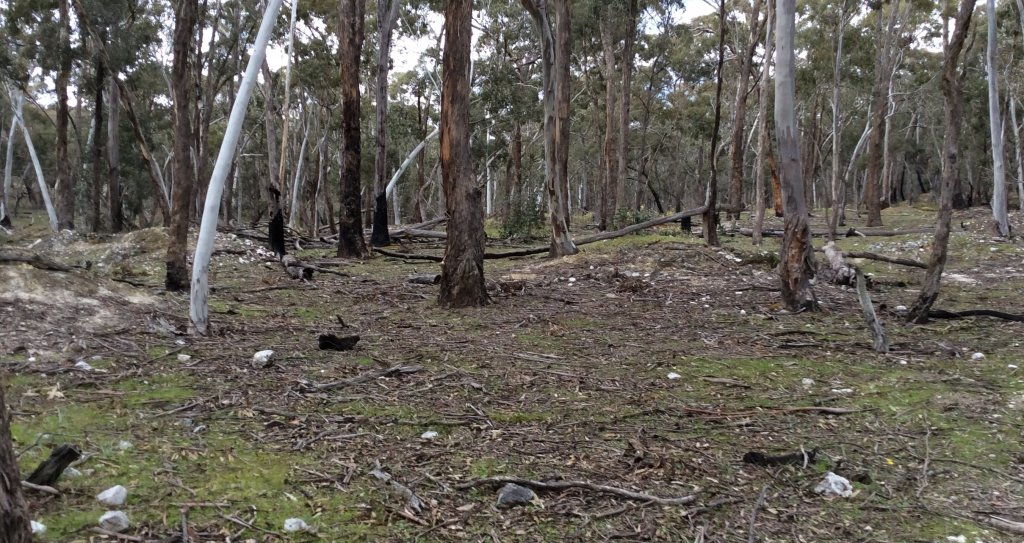Hi all,I have noticed in my ramblings around the goldfields large piles of pipe clay.These piles are away from the diggings or not noticeably connected or close to a hole.
I have read of miners paddocking their wash while waiting for enough rain to fill dams so they can wash the paydirt. Is that what I,m looking at ? I assume that the dirt (pipe clay)has been processed but also wondering how.Am I on the right track or is there another reason ?
Also can anyone tell me if the gold in the Percydale area was course gold. I have been told by one of the reef miners in the area it is a very fine gold mixed in with pyrites.I,m thinking I'm wasting my time if the gold is fine .
Cheers Crushed
I have read of miners paddocking their wash while waiting for enough rain to fill dams so they can wash the paydirt. Is that what I,m looking at ? I assume that the dirt (pipe clay)has been processed but also wondering how.Am I on the right track or is there another reason ?
Also can anyone tell me if the gold in the Percydale area was course gold. I have been told by one of the reef miners in the area it is a very fine gold mixed in with pyrites.I,m thinking I'm wasting my time if the gold is fine .
Cheers Crushed






